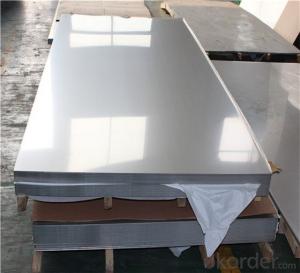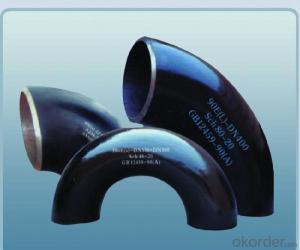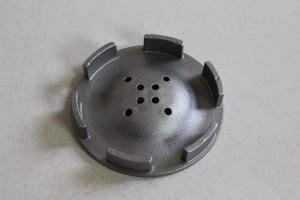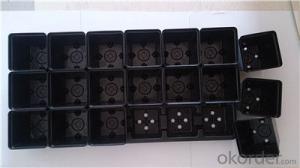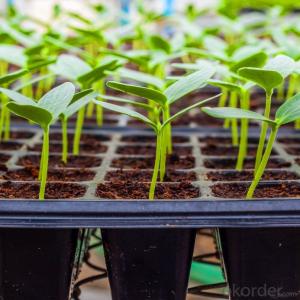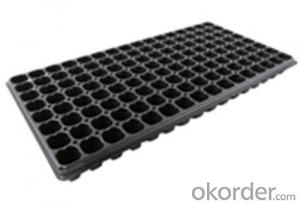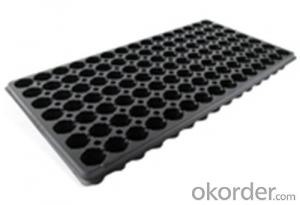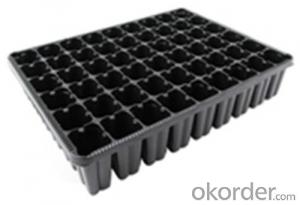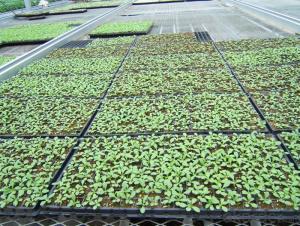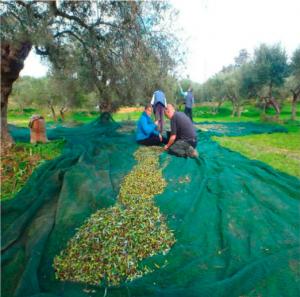Stainless Steel Tote
Stainless Steel Tote Related Searches
Best Paint For Stainless Steel Blanket Insulation For Steel Buildings Primer For Galvanized Steel Foam Filter For Stainless Steel H S Code For Stainless Steel Surface Grinding Wheels For Stainless Steel Surface Grinding Wheels For Hardened Steel Hole Saw For Stainless Steel Paint For Stainless Steel Stainless Steel For BbqHot Searches
Steel Mesh Panels For Sale Price For Stainless Steel Scrap Scrap Price For Stainless Steel Price For Stainless Steel Stainless Steel Tank For Sale Stainless Steel Sheets For Sale Cheap High Tea Sets For Sale Stainless Steel Tanks For Sale Stainless Steel For Sale High Density Fiberboard For Sale Solar Hot Water Collectors For Sale Scaffolding For Sale In Uae Scaffolding For Sale In Ireland Scaffolding For Sale In Houston Type Of Inverter For Solar Price Of Shipping Containers For Sale Types Of Inverter For Solar Stock Price For Aluminum Used Solar Inverter For Sale Steel Mesh Panels For SaleStainless Steel Tote Supplier & Manufacturer from China
Okorder.com is a professional Stainless Steel Tote supplier & manufacturer, offers integrated one-stop services including real-time quoting and online cargo tracking. We are funded by CNBM Group, a Fortune 500 enterprise and the largest Stainless Steel Tote firm in China.Hot Products
FAQ
- Yes, nursery trays can be used for growing hummingbird-attracting plants. Nursery trays provide an efficient and organized way to start seeds or propagate plants, including those that attract hummingbirds. The trays can hold the soil and provide adequate drainage, allowing the plants to establish their roots and grow healthy. Additionally, the compact size of nursery trays makes it easier to manage and move the plants as needed to optimize their exposure to sunlight and hummingbirds.
- Some ground cover options for regions with dry, arid soil include desert marigold, creeping juniper, ice plant, yucca plants, and lantana. These plants are drought-tolerant and can thrive in low moisture conditions, providing effective ground cover while conserving water.
- I want to make my own plastic pieces but I don't know how to make the mold or how to even get/make the plastic.Ive seen the milk and vinegar thing and that plastic was really terrible and hard to work with.
- What kind of plastic? There are numerous cold mold plastics which are fundamentally a resin and hardner. Epoxy is one of them. You usually mold them in latex, which you make out of an original. Another way is 3D printing. You have no mold as such, but print your item, either by ejection of heated thermoplastic, by printing hardner/binder on resin powder, or uv laser curing a resin. The popular hobbyist grade 3d printers use the ejection method, and can be user manufactured to a degree.
- There are several different types of agricultural plastic films, including greenhouse films, mulch films, silage films, and tunnel films.
- Yes, nursery trays can be used for growing mosses. Mosses have shallow root systems and do not require deep containers, making nursery trays an ideal choice. The trays provide a suitable environment for mosses to thrive, retaining moisture and allowing for proper drainage.
- To prevent disease spread in nursery trays, several measures can be taken. Firstly, it is important to maintain strict hygiene practices, such as regularly cleaning and sanitizing the trays, tools, and equipment used. Secondly, implementing proper ventilation and ensuring adequate spacing between trays can help minimize the buildup of moisture and reduce the risk of disease transmission. Additionally, practicing crop rotation and avoiding overcrowding can help prevent the spread of diseases from one tray to another. Regular inspection and early identification of any signs of disease or pest infestations are crucial, as prompt action can prevent further spread. Finally, using disease-resistant varieties, sterilized soil or growing medium, and practicing good irrigation practices can also contribute to preventing disease spread in nursery trays.
- The types of plastic materials commonly used in making livestock shelters include polyethylene (PE), polyvinyl chloride (PVC), and fiberglass reinforced plastic (FRP). These materials are chosen for their durability, weather resistance, and cost-effectiveness in providing a safe and comfortable shelter for livestock.






















